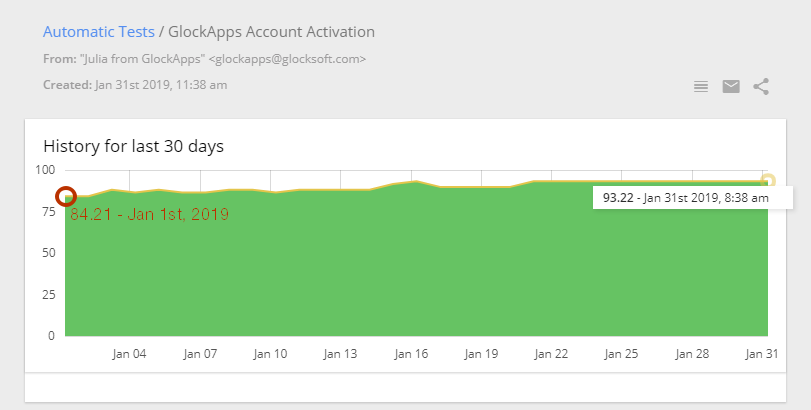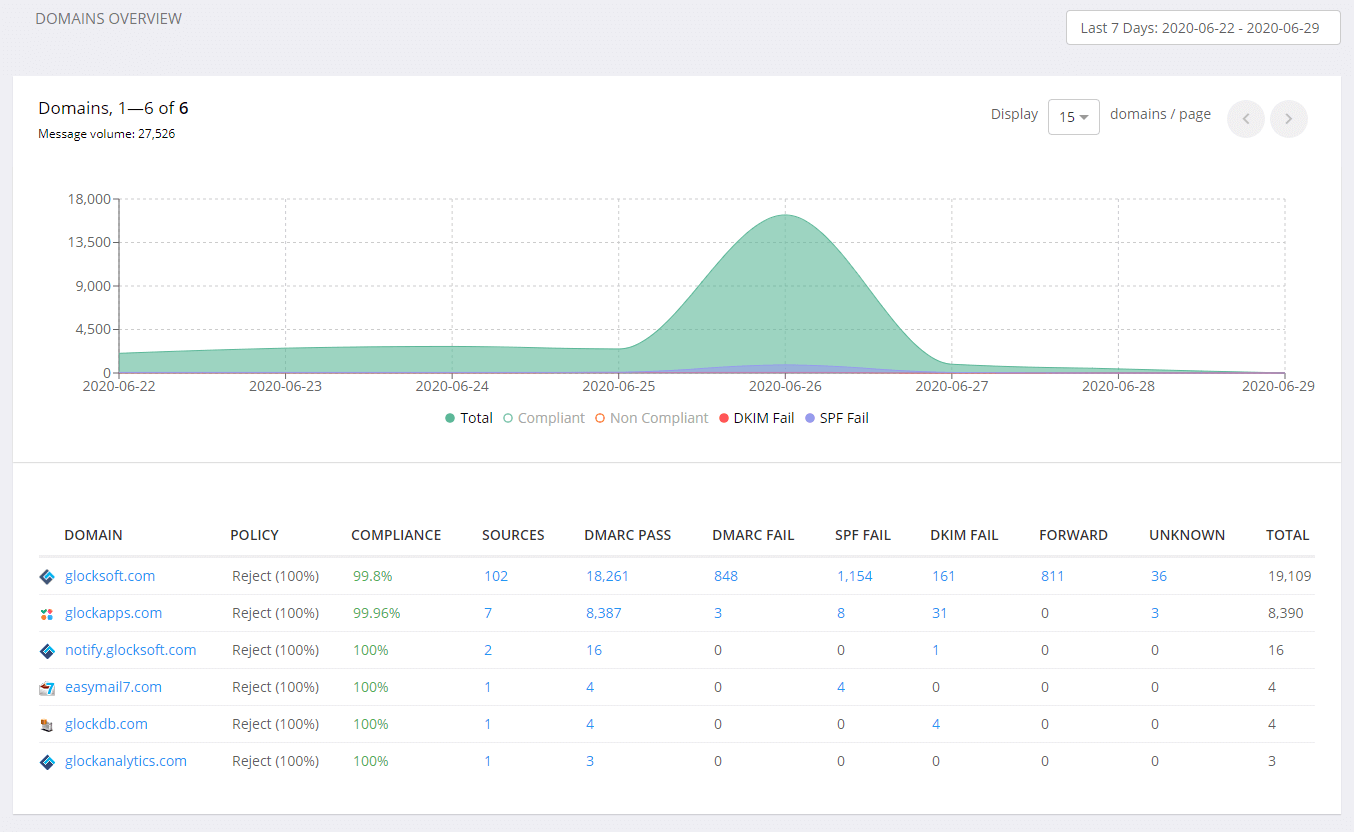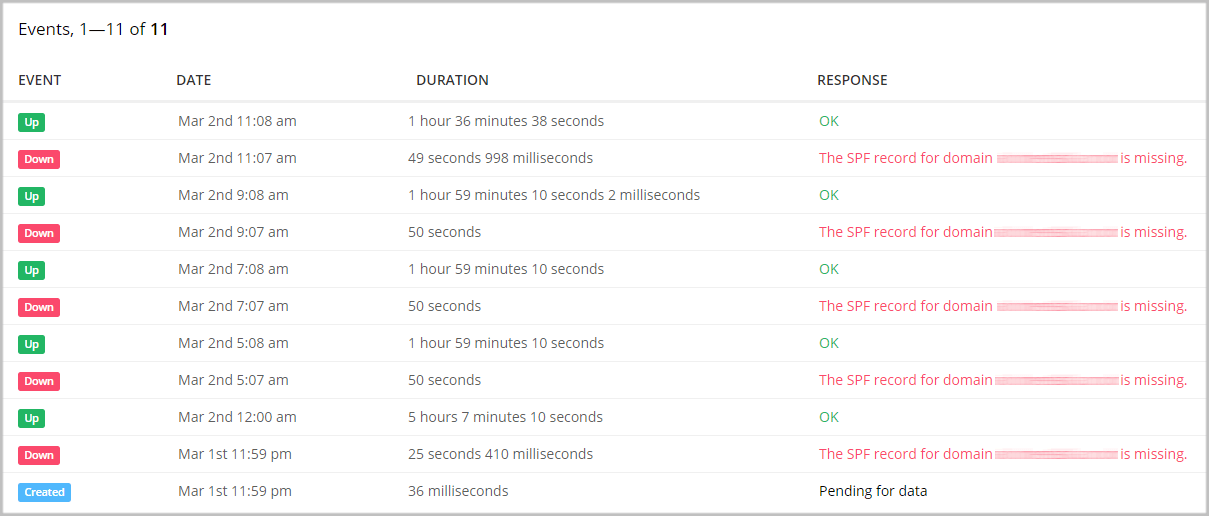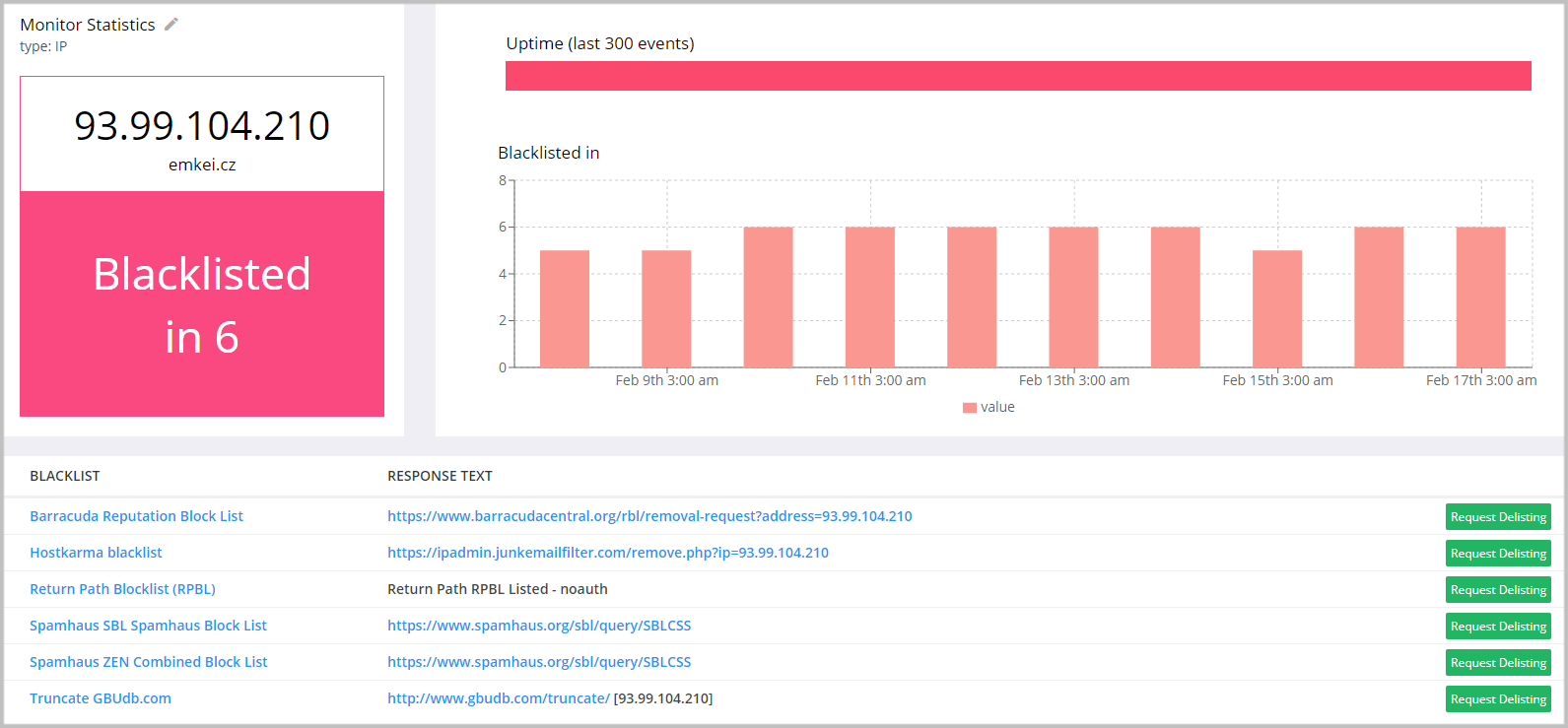Automate Your Email Marketing and Sender Reputation Monitoring

According to Statista, the number of global email users amounted to 4 billion and is set to grow to 4.6 billion users in the near future. That’s why a lot of businesses and organizations use email for communicating with their audience around the world, reaching out to clients and customers to advertise products, and building customer relationships.
Like we are trying to automate everything in other areas of our lives, companies and businesses want to automate their email marketing to make it more efficient and save more time for other business work and tasks.
Email marketers are setting up automatic signup processes and follow-up email series that are sent to subscribers after registration. It’s a good start. However, email marketing automation is far more than that.
In this article, you’ll find recommendations on how you can automate the whole email marketing approach in an efficient time-saving manner to maximize your Inbox rate and return on investment.
Also read: Email Automation
Email List Management Automation
It’s not limited to automated signup and unsubscribe processes. There are other aspects of a list management process that can be automated to manage your contact list more effectively.
1. Auto-Track User Engagement.
Before you even start collecting email subscribers, you have to build up automation to track email opens, clicks, click-throughs, and site visits. Then you can tag that data to the subscriber to understand when people are opening your emails, when they opened your email the last time, when they clicked on the link the last time, what link they clicked, when they visited the site the last time, etc. It will help you with the right list segmentation. Email service providers can track the subscriber’s actions on emails and you’ll want to analyze that data, and Google Analytics will help you.
2. Encourage to Signup for Different Lists.
You may have lists dedicated to different products or different email types (newsletters, how-to’s, promotions). You’ll want to allow the subscriber to choose which email lists they want to signup for. It will help you better serve the subscribers’ needs and send the content they really want.
At the same time, people opening specific emails and visiting specific sections on your site may be interested in receiving other newsletters you have to offer. You should use those signals to automate the process of getting out the right email to the right people at the right time. It’s not because you want to spam them. It’s because it will help you mitigate the risk of unsubscribes.
If you send all the messages to the same list and someone unsubscribes, they are gone for good. But if you can actually build a funnel that can spread people to different lists based on their interests and when you email them from those different lists, they can unsubscribe from one particular list and stay on others.
There are two things to keep in mind for permission-based minded email marketers:
- Be clear about why they are getting the email. Tell people that they are receiving this email because they are subscribed to the X brand weekly newsletter, for example. You can include such text in your email templates.
- Tell them how to change the list or unsubscribe from everything. A good idea is to send them to a preference center where they can manage their subscriptions and change the email address they want to receive your emails.
3. Automate Re-engagement Campaigns.
Keep in mind that no one stays on your list forever. Some people unsubscribe, some just stop opening and reading your emails without bothering to click the “Unsubscribe” link in your messages. Once people become the “dead wood”, for example after 60, 90, or 120 days of inactivity, you need to catch them up with automated re-engagement campaigns.
If they don’t re-engage, make sure you have a sunset policy. A sunset policy may mean that the subscription ends and the subscriber is removed from the lists after the re-engagement campaign or it can be done based on the GDRP policies or anti-spam law.
Email Campaign Automation
In the past years, the email industry has evolved from more than just sending a welcome email, waiting for 24 hours and sending the second email, and so on. Now you have to be more creative, use narrow segmentations and personal approaches, develop different strategies and automation for different subscriber segments to maximize your email marketing efforts. Some of the automation strategies you can think of are:
1. Set Intelligent Waiting Periods.
You’ll want to be mindful of different time zones and weekdays. If someone subscribes to your company’s newsletter on Friday afternoon, you don’t want to follow up with them on the weekend. You’ll want to send the second email on Monday or Tuesday to increase the chance for the email to be opened and acted.
2. Approach Differently.
Looking at the data brought by the tracking tools, you can segment people based on what they did with your first welcome email, for example. You may have a different copy for people who opened the welcome email but didn’t click any link in it.
And you may have a different copy for the subscribers who didn’t open the welcome email. You may send a text message to them with a link with a strong call-to-action to be able to track their opens and clicks.
And you’ll want to have a different strategy for people who made a purchase from the previous message because the best time to sell them is just after the first purchase once the wallet is open. When the customer purchases, you have to immediately think about their next purchase.
3. Use Best Campaigns for Automations.
Your best email campaigns should be used multiple times. Look at your best-performing Subject lines, call-to-actions, emails that really rocked and brought the highest click-through rate or revenue, and think how you can replicate your evergreen content in an email marketing automation.
4. Automate Email Placement Testing.
Even your best-performing email campaigns won’t work if they are not delivered to the recipient’s Inbox. You’ll want to test your deliverability regularly to ensure your messages are going to your Inbox.
You should run automated email tests for your email sequences, welcome messages, and re-engagement messages to detect Spam placements when they happen and address the issues by changing the Subject line, template, “From” name, domain, switching to a different email service provider or going through the process of restoring the sender reputation.

GlockApps Automatic Test Report
Sending Infrastructure Monitoring Automation
The sending infrastructure – the sending domain and IP address – makes a difference where the message is delivered. The message is likely to go to Spam if the domain misses a valid SPF or DKIM record. And the message can be blocked if it fails the DMARC check or if the sending IP is listed in one of the big blacklists like Spamhaus.
That’s why you should have monitoring tools to automate the checking of the domain setup and IP status.
1. Investigate DMARC Reports.
DMARC reports are a great source of information about how your domain is used across the Internet and how your messages pass email authentication checks. As DMARC reports come in an aggregate form, it’s rather time-consuming to dig through all that data and understand whether or not you have authentication issues.
Automation tools like GlockApps DMARC Analyzer allow you to receive insights about your domain setup and usage in a user-friendly form. You choose a time interval to show the data for and see how many messages passed and failed DMARC, SPF, and DKIM authentication. You can look at the sending sources to have an understanding of what source is sending unauthenticated emails. If it’s your legitimate sender, you’ll want to fix authentication issues.

GlockApps DMARC Analytics Report
2. Setup Uptime Monitors.
DMARC reports are a good thing but they come when you send email messages from the domain. To automate monitoring of your domain configuration without interruption, you’ll want to set up real-time SPF, DKIM, and DMARC monitors. GlockApps Uptime monitors will notify you about any authentication breaches they will detect.

GlockApps SPF Uptime Monitor
3. Automate IP Reputation Check.
Shared IP addresses that email service providers use to send emails to their clients are beyond your control, but dedicated IP addresses are definitely subject to monitoring. Blacklists can influence email placement, and it’s important to keep the IP clean. Automated IP address checking against blacklists is what you should think of if you have a dedicated IP for email marketing.
At GlockApps, IP reputation monitors check the IP address(es) against the most popular public blacklists. If an IP is listed, you receive the links to request the IP removal. And you can receive instant alerts via email, Slack, or Telegram in case a blacklisting issue happens.
Check Out: IP Blacklist Removal – How To Fix a Blacklisted IP Address

GlockApps IP Reputation Monitor Report
Recap
Not only does automation in email marketing help senders grow their email list and manage their subscribers’ lists and email campaigns more efficiently, but it also allows monitoring of the domain configuration and IP address. With the right automated monitoring tools, you can ensure that your sending infrastructure is set up correctly, be notified when a breach issue happens, and fix it before it starts harming your reputation and deliverability.
You can create a free GlockApps account right now and get all the help with our support team, guides, and in-depth analytics.
With GlockApps free account you’ll get:
- 2 email spam tests;
- DMARC reports for 10,000 DMARC capable messages;
- 5 system monitors (HTTP/TCP/TLS monitors, SPF/DKIM/DMARC monitors);
- instant notifications on any problems.



